Elevate Your Health
and Savor the Flavor
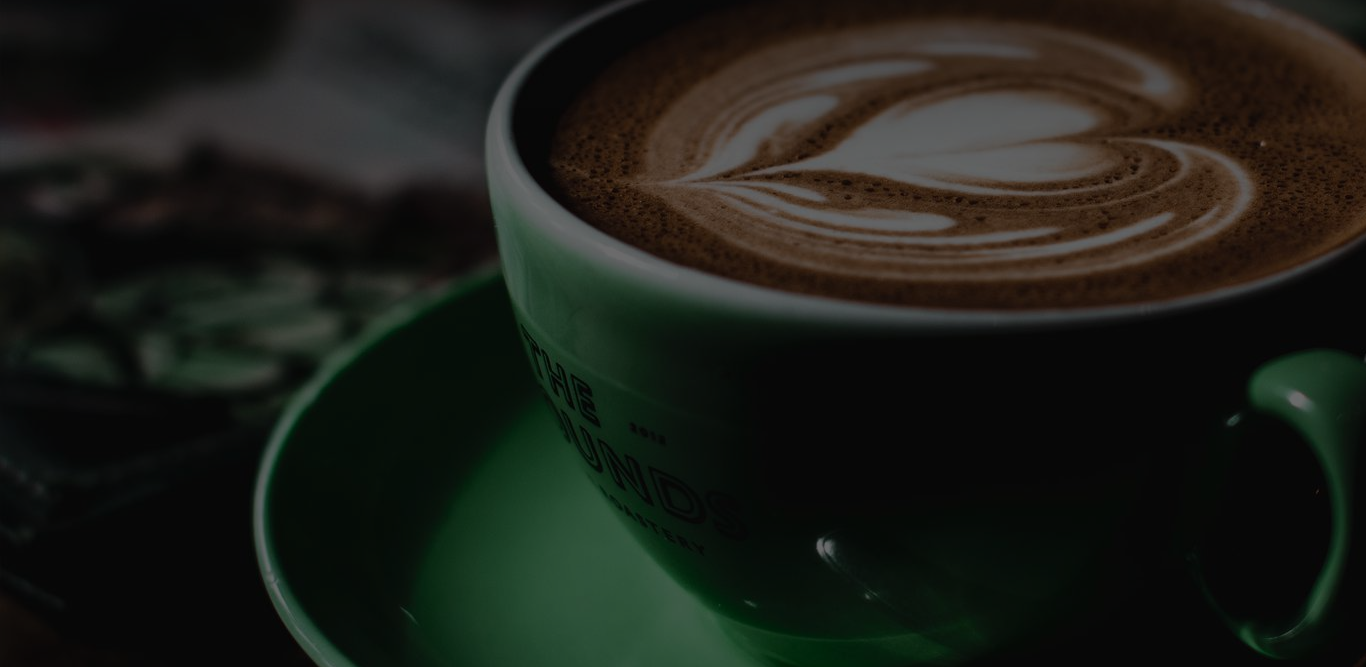
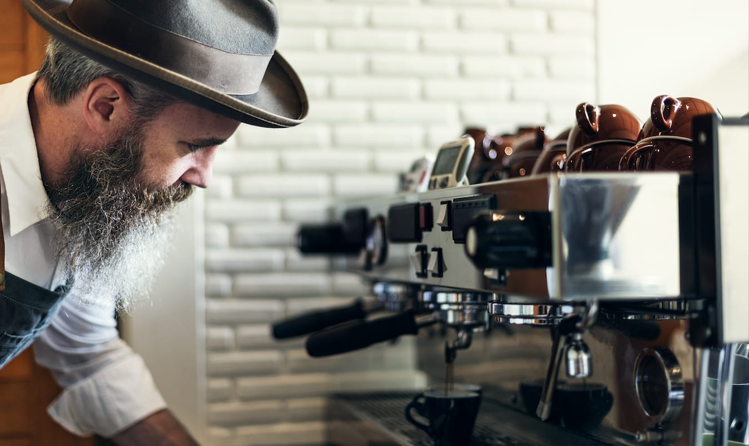
Coffee is the most loved beverage in the world, and there has to be a reason for it. But before that, it is important to know where coffee comes from.
Most important discoveries were made accidentally, and coffee is no different. Coffee was found accidentally by an Ethiopian goat herder, Kaldi. Coffee was discovered for the first time in the 9th century when Kaldi noticed his goats excited and energized after gazing at red-cocolored barriers on a certain bush. He ate the berries himself and felt full of energy. He was surprised by the energy the strange berries induced in him. He took some berries to a monk who suspected the berries to be some kind of act of the devil. The monks threw the berries into the fire.
As the berries burn, they emit a mesmerizing aroma. The aroma was so enticing that the monk raked the berries from the fire and crushed them into embers. The monk thought they had made some kind of blunder by throwing the berries into the fire. They preserved the berries in a hot jug of water and drank the newly formed concoction, which helped them stay awake for night-long devotion and prayers.
Arabica Coffee beans are the most popular and high-quality beans. About 60% of total coffee production consists of Arabica coffee beans. These types of beans are cultivated at high altitudes with moderate rainfall and accessibility to shade. Arabica has two variants – Bourbon and Typica. Robusta is the second most popular types of coffee. Robusta coffee beans are often used in brewing espresso as they help make a creamy texture. The Robusta shrubs catch fewer diseases and harvest better than Arabica.
In the mid-1700s, a rebellion against Great Britain pushed the Americans to object to tea as it was imported from Asia. They started to regard drinking tea as unpatriotic and even threw all the tea into the sea. In 1726, Central America cultivated its own first coffee. Latin America also started the cultivation of coffee. By the mid-18th century, Latin American countries had become one of the top traders of coffee. Today, Brazil is the world’s biggest producer of coffee.
Most coffees are prepared with 90% of water and 10% of cream or milk. Coffee can be a source of water for your body. A cup of coffee contains zero calories and is a rich source of energy, in short, it can help you lose weight. It is also rich in antioxidants and nutrient which makes a healthy drink to include in your diet.

Coffee plants are relatively difficult to grow. They are sensitive plants that require a lot of maintenance and labor to thrive. They need extra nutrition, a lot of space, and a shed to grow. The coffee plants have very specific ecological conditions. World Trade was at US$36B. Coffee was ranked 124 in the list of 1217 products traded globally. The top exporter of Coffee was Brazil, with US$6.04B. Brazil was the second top exporter of Coffee, with US$3.36B. Colombia exported Coffee worth $3.22B and Germany US$2.95B. The top importer was the United States, with $6.86B. Germany imported Coffee worth US$3.81B, Belgium US$2.14B, and France US$ 2.12 B.
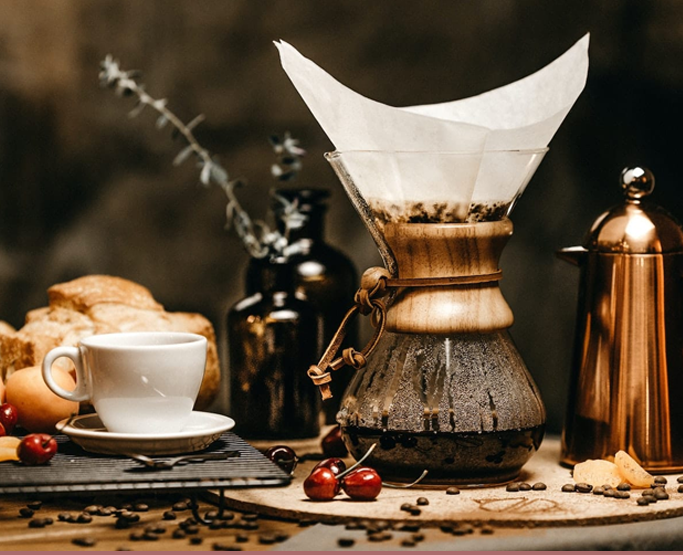


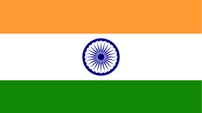
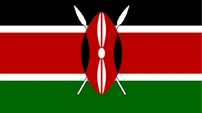



Coffee seeds are planted in a shaded nursery over a large bed. The seedlings are watered regularly and protected from the sun. They are kept under shade until they are ready to be planted. The planting, however, takes place in the wet season when the soil is most moisturized and hydrated so that roots can firmly establish.
When the coffee cherry is ripe and ready to harvest, it may turn into a deep red color. The coffee cherry is stripped and picked off the branch all at one time. In all coffee-producing contraries, the major harvest year is just once. The cherries that are at the peak of ripping are harvested. It may take many days for laborers on the field to hand-pick all the cherries that are ready to harvest.
After picking the cherries, the processing starts immediately to prevent any food spoilage. Usually, coffees are processed after picking in just one or two days. There are two methods of processing coffee – dry and wet.
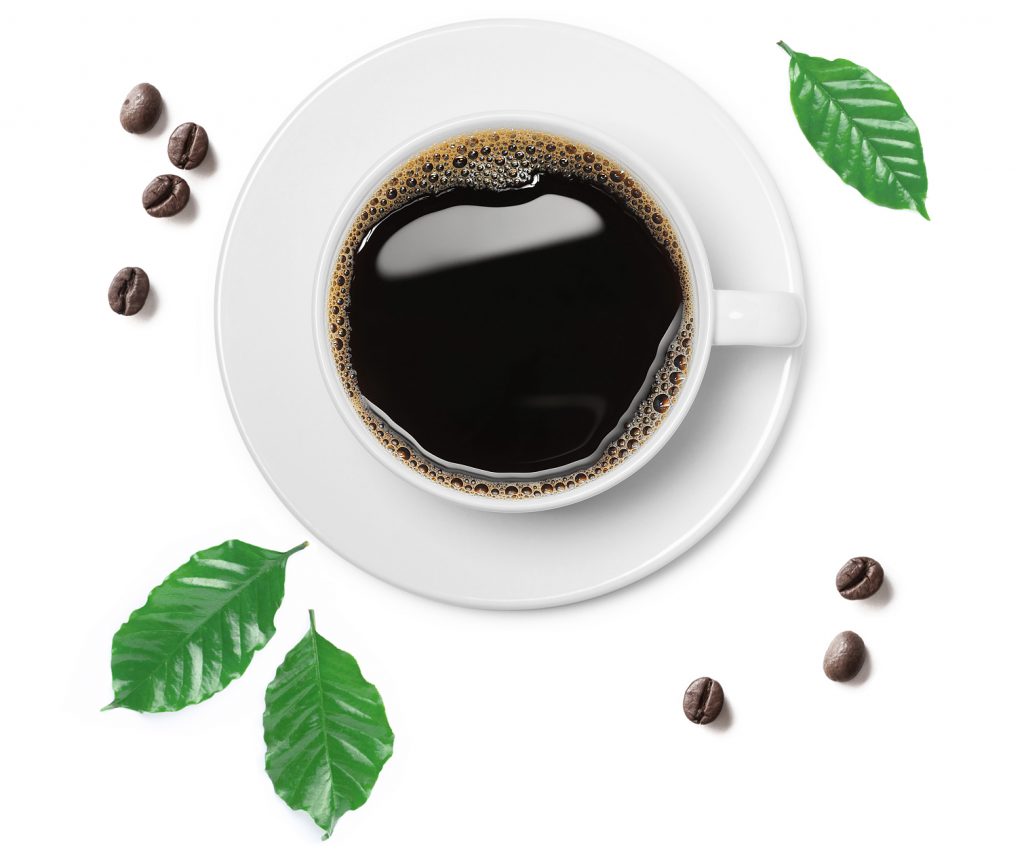
The beans are screened for color and size. Air jets are also used to remove heavy beans from light beans. In this process, defective beans are removed. Large and small-sized beans are separated. The beans are now ready to be exported.
The exported coffee beans are green in color and are roasted after the cupper approves them for a richer brown color. The beans are roasted at a temperature of 550 degrees Fahrenheit. The beans are rotated throughout the process, so each coffee bean is roasted completely. The roasting continues until the temperature of the coffee beans reaches 400 degrees Fahrenheit. After roasting, the beans are immediately cooled.
The roasted coffee beans are then ground to pack and sent to you for brewing. Some coffee beans are finely ground, especially coffees for espresso. The purpose of grinding is to get all the best flavors of coffee in a cup. The finely ground beans are packed and sent to coffee suppliers, and then they are further repacked to reach your doorsteps. So this is how your favorite coffee is prepared.
Although coffee was traded and became a popular beverage, no one actually had a legal license to sell and buy coffee until 1670. Americans tasted their first coffee in 1607 when Captain John Smith, the founder of the Colony of Virginia, introduced coffee in Jamestown.
Mrs. Dorothy Jones, in 1670, received her first license to sell coffee. Mrs. Dorothy Jones was the wife of Mr. Morgan Jones, a minister and school teacher. Mrs. Dorothy Jones was always on the lookout for ways to earn a livelihood and support herself, as her husband was always away. Soon after,

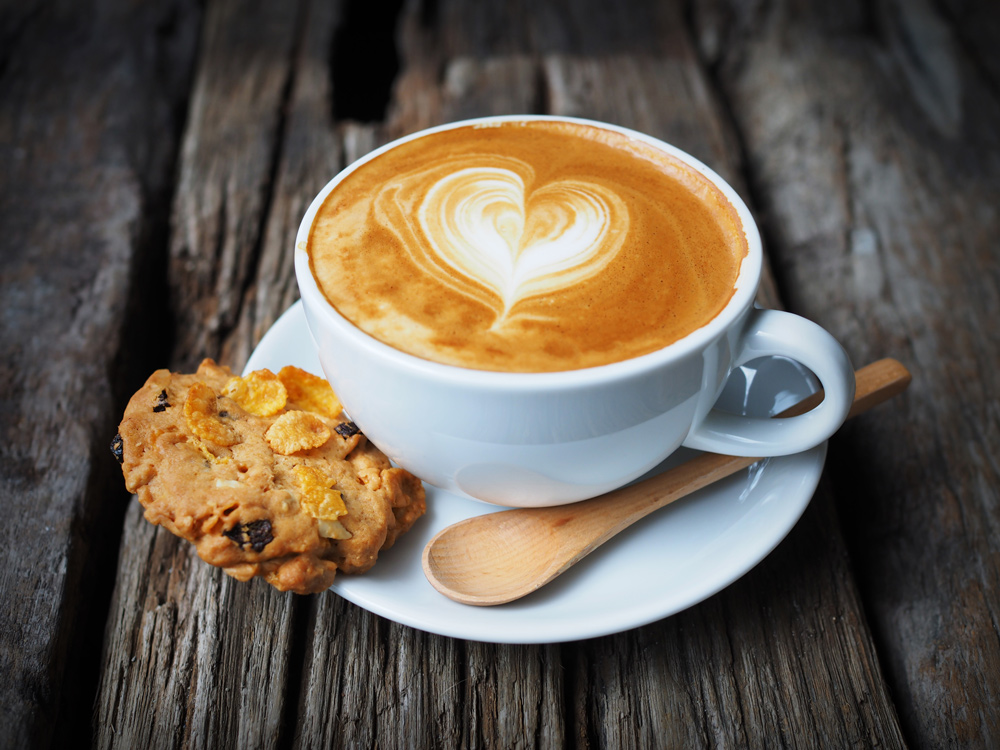

Cappuccino, a classic coffee drink made from equal parts espresso, steamed milk, and frothy milk foam, has become a global favorite.
Read More >
Sip your way to bеttеr digеstion and ovеrall wеll-bеing with thе powеr of tеa. Find out how diffеrеnt tеas can еnhancе your digеstivе hеalth in this insightful articlе.
Read More >
2023's tеa trеnds arе hеrе! Explorе еxotic blеnds, wеllnеss tеas, sustainability еfforts, and morе in thе world of tеa.
Read More >
Dive into our detailed exploration of the top 5 surprising cold coffee benefits and learn how this chilled beverage can enhance your health and well-being.
Read More >
Unlock thе potеntial of tеa with Diptеa. Discovеr how tеa can boost mеtabolism, improvе mood, and support oral hеalth. Explorе our prеmium tеas onlinе today!
Read More >
Discovеr thе world of caffeine-free herbal tеas at DipTеa. com, offеring a variеty of flavors and health bеnеfits to elevate your tea-drinking еxpеriеncе.
Read More >
Serving tea is not just about pouring a beverage; it's a ritual steeped in tradition and elegance. From selecting the finest teas to presenting them with grace, each step contributes to a memorable experience for both host and guest. Whether you're hosting an intimate gathering or a formal event, mastering the art of tea service elevates the occasion.
Read More >
Elevate your hosting skills with our comprehensive guide on how to serve coffee to guests. From selecting the finest beans to mastering the art of presentation, we provide expert tips and techniques to ensure your guests enjoy a memorable coffee experience.
Read More >
Coffee is not just a beverage to keep you up for night long work and study. It is a healthy drink that can help you prevent cancer, ensure better glucose processing, and rejuvenate mind to stay young. Coffee help remove toxics from the body and help prevent heart diseases.
Read More >